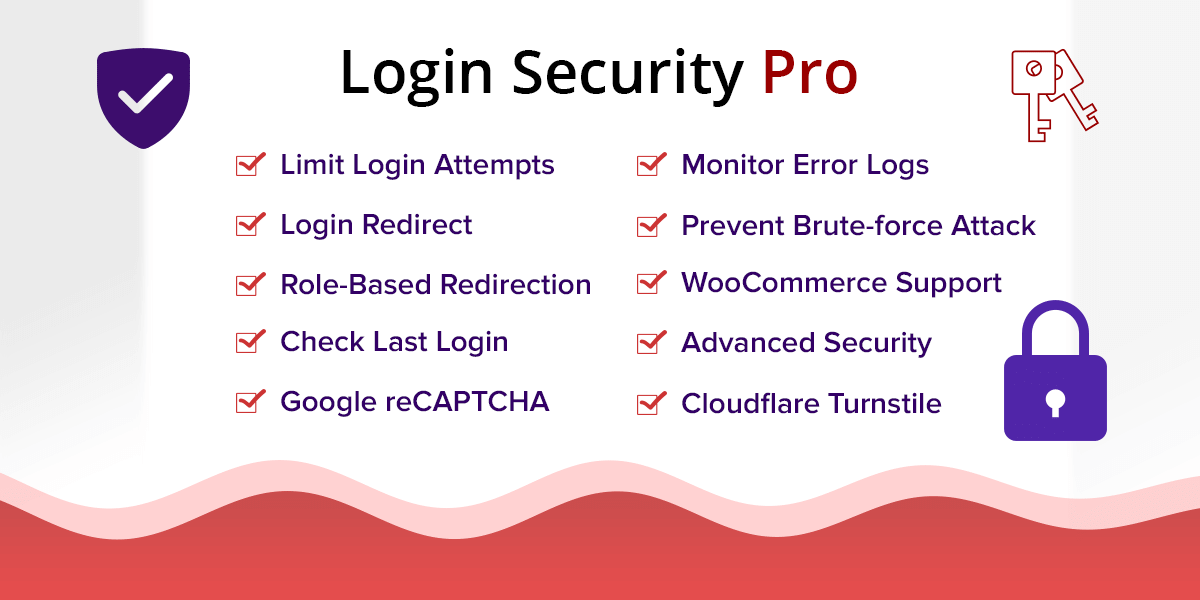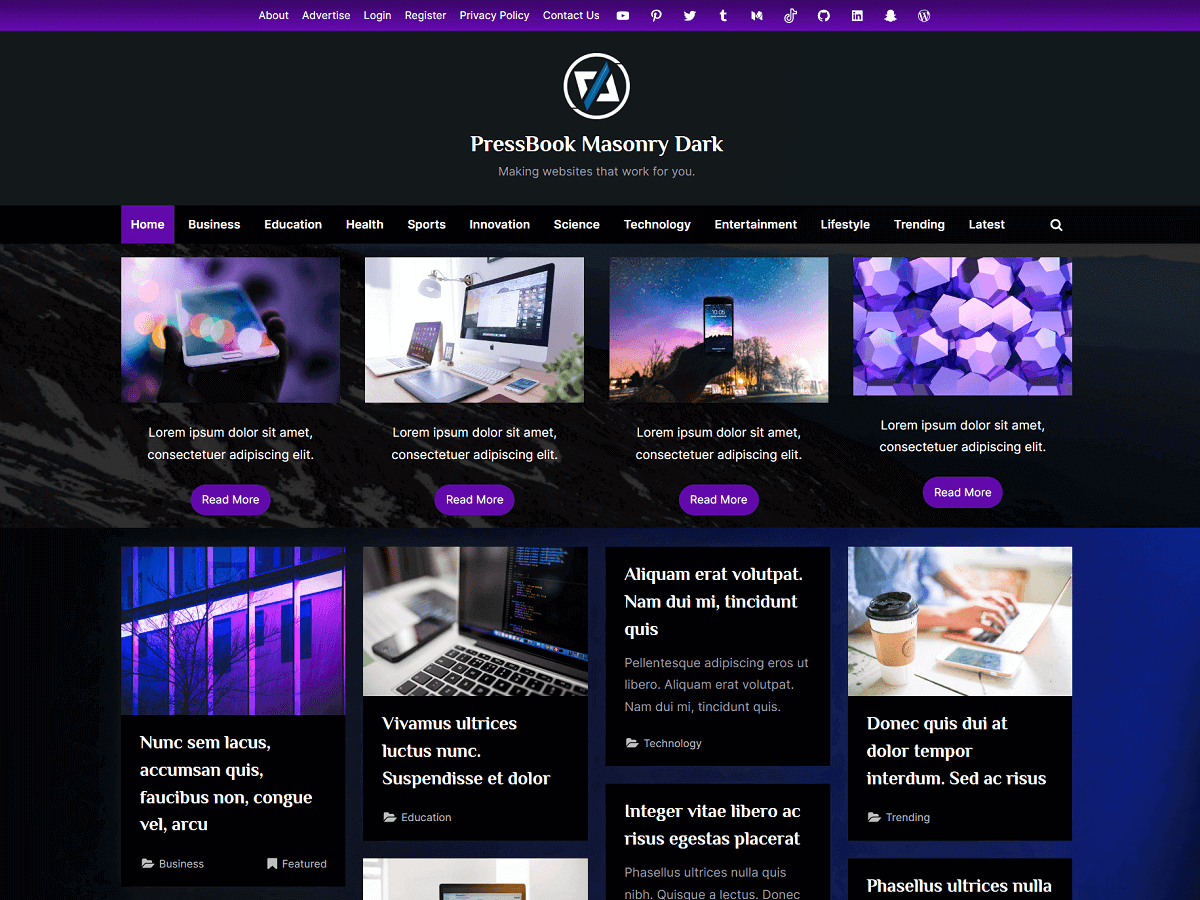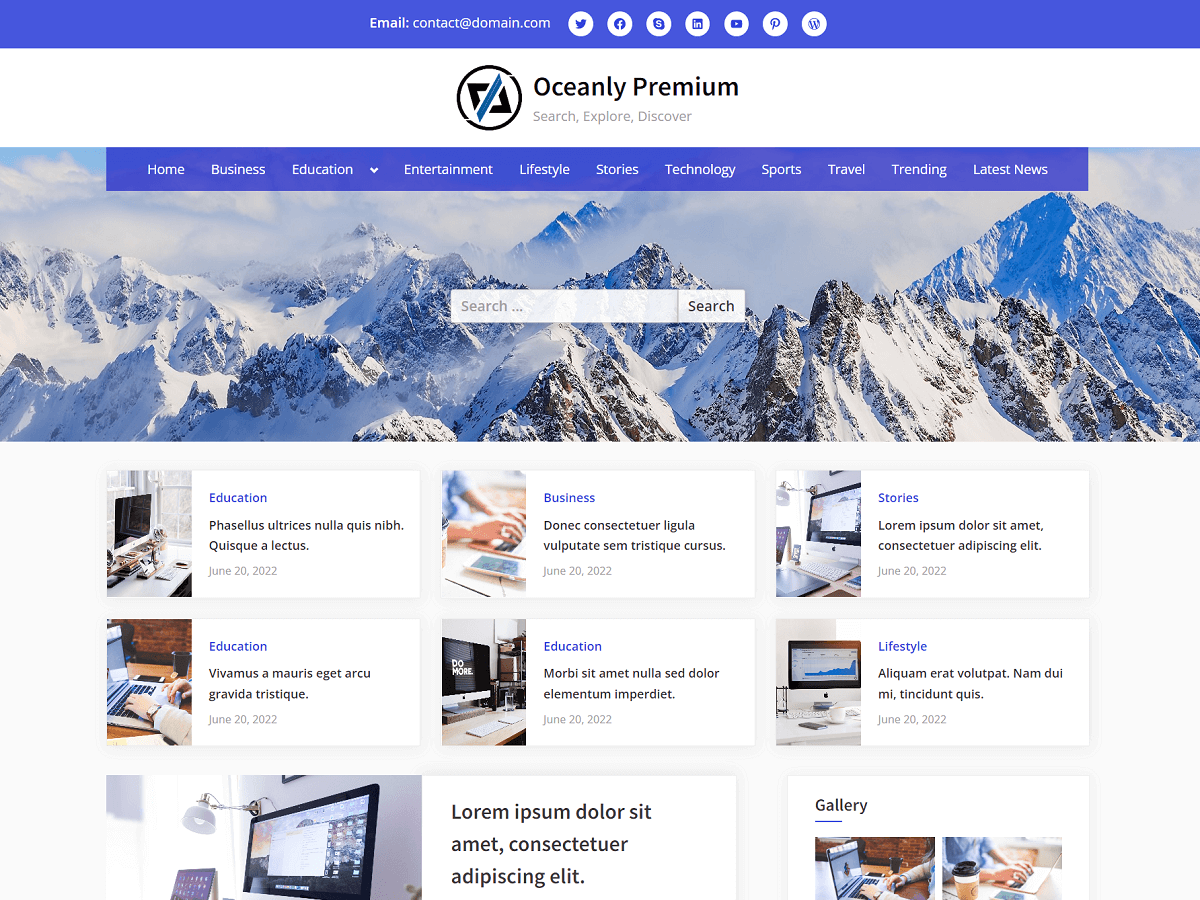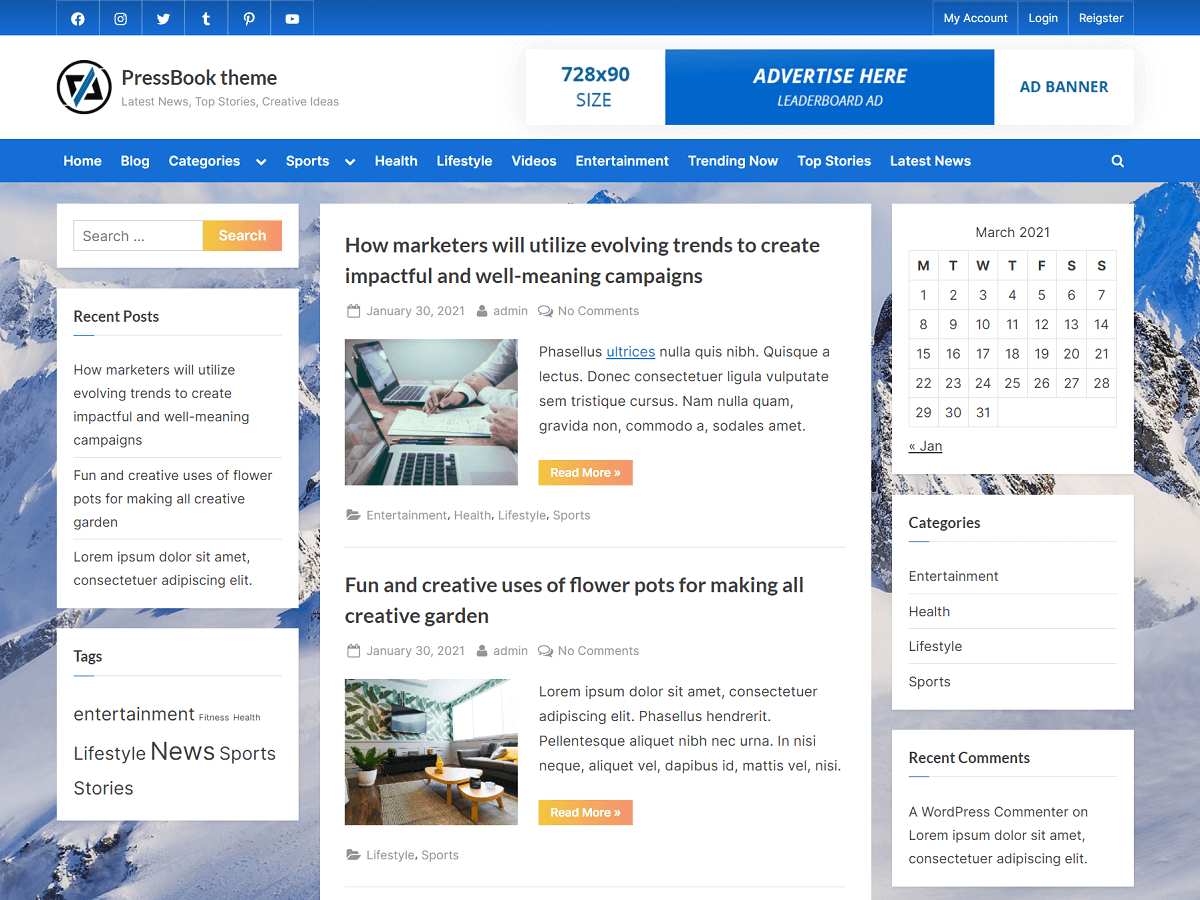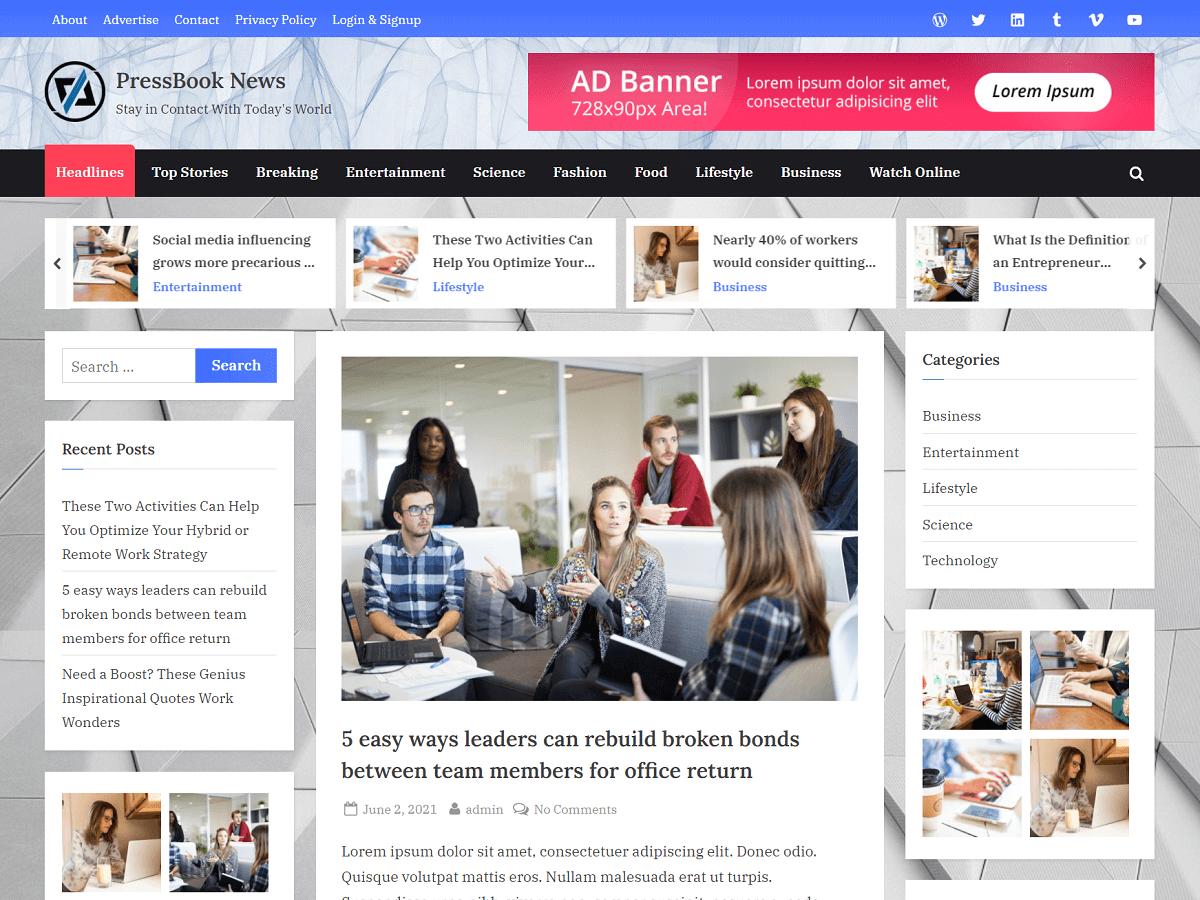Starting a unique business requires creativity, determination, and a solid plan. You need a strategy that will set you apart. In a highly competitive landscape, the key to a business’s success is to focus on a single, unsolved problem and deliver a unique solution, which ultimately leads to a strong brand identity.
In this guide, we’ll explore the strategies, tips, and important elements that will set you on the path to becoming a field master in your chosen business industry.
Focus on One Idea and Solve a Unique Problem
Uniqueness is your strongest asset when entering the world of business. Starting a business should begin with a clear and unique idea. Before diving into the market, you need to deeply brainstorm and evaluate potential ideas.
You need to differentiate yourself from competitors and attract customers who are seeking something new and innovative. This unmet need becomes the foundation of your unique business idea. Here are important points you need to consider:
- Niche Analysis: It involves a thorough examination of a specific, underserved market segment to identify opportunities that can lead to unique business ideas.
- Problem Analysis with Focused Research: It is a systematic evaluation of a specific issue or challenge that aims to understand its root causes. Here, you would gather data, insights, and knowledge related to the issues. Use call center services to communicate with the customers and gather the problems they face. Then, you need to clearly know what exact problem your unique solution will solve, how it will bring value to your customers’ lives, and refine your approach accordingly.
- Target Audience Analysis: It focuses on a deep understanding of the demographics, behaviors, preferences, lifestyles, values, purchasing power, and pain points of the specific group of individuals or businesses that your product or service aims to serve.
- Unique Selling Proposition (USP): Identify your Unique Selling Proposition (USP) clearly. It sets you apart from others in the market and would become the core of your brand identity. It could be a unique feature of your product or service, exceptional customer service, or a different approach to solving a problem.
As an example, let’s say you have knowledge of home automation and notice that existing smart home systems lack a comprehensive solution for managing water usage. Here, your unique business idea could focus on developing a smart water management system.
Identify Profitable Gaps in the Market
Finding profitable gaps in the market involves identifying areas where opportunities have been overlooked or underutilized. It can also be a problem or a need. When you recognize or act on these untapped market niches, you create a unique presence in your business.
Here are the keys to be familiar with:
- Market Entry Barriers: These are obstacles that can make it difficult for new businesses to successfully enter and compete in a particular market. They can significantly impact the feasibility and strategy for launching a business in any specific industry. Study both successful and unsuccessful businesses to gain insights.
- Market Differentiation: Find the difference from competitors and define your unique value proposition. Your business model should align with solving the problem in a distinctive way.
- Market Saturation Assessment: Assess the current market saturation and competition to understand the level of demand for your unique solution. Identify the weaknesses in current solutions. This will also help to fine-tune your approach when you enter or expand within a market.
- Market Trends: Monitor market trends continuously to make sure that your unique product or service aligns with evolving customer preferences. It is crucial for long-term success to stay up to date with consumer demands.
Example: Through extensive market research, you find that there’s a growing interest in eco-friendly cleaning products, but many options contain harmful chemicals. After recognizing this market gap, you create a line of all-natural, biodegradable cleaning solutions.
Research and Innovation
Thorough research is crucial to understand the market, customer demands, and current solutions. Use this knowledge to innovate and create a product or service that’s different from anything available. These are the key aspects to consider:
- Prototyping and Testing: Develop prototypes of your unique product or service and test them with potential users. You need to gather real-world feedback as this will help you refine your offering and make it even more appealing.
- Minimum Viable Product (MVP): After prototyping, you can develop a Minimum Viable Product (MVP) to test your solution with a limited budget and resources. The MVP can help you look for flaws and benefits. This is done to validate your idea before making a significant investment.
- Sustainability Focus: All the materials and practices that you would incorporate into your product and services must be sustainable. This can reflect your dedication to preserving the environment and appeal to the growing eco-conscious consumer base.
- User-Centered Design: Put the end-users at the forefront of your innovation process. You can conduct user testing and gather feedback to refine your unique product or service based on their needs and experiences.
- Collaborative Innovation: Look for opportunities to collaborate with experts or institutions in your business field. It can lead to breakthroughs.
Example: In an evolving tech market after research, you develop an innovative AI-powered CCTV system, equipped with advanced facial recognition technology, that can analyze customer expressions to determine their level of interest in specific items. Using their positive or negative reactions, shopkeepers can prioritize and provide personalized assistance to potential customers. This can optimize their sales strategies.
Data Analysis and Scalability
Data analysis and scalability are critical for strategic business development and building a future-proof business. The insights from data analysis ensure your business can handle increased demand and complexity without sacrificing performance or quality.
Here are the key considerations:
- Scalability Considerations: Think about how your unique solution can scale as your business grows. Scalability is more than just the ability to grow – it’s about creating a flexible, adaptive business architecture that can transform challenges into opportunities. You must build your core business model with modular components that can be easily reconfigured or expanded. A scalable innovation can later become your brand identity which is also a long-term asset.
- Growth Forecasting: Data analysis tools like Power BI, Tableau, etc. and data analytics platforms like Zoho Analytics can provide insights into customer behavior, operational efficiency, and market trends to forecast growth patterns. A data analysis tool provides data visualization and predictive analytics. With this data-driven approach, you will find more growth opportunities and make better decisions. This can guide your innovation strategy and help build a robust, adaptable business model.
- Cost-Effective Scaling: Strategic scalability also requires a keen understanding of cost management. This involves selecting scalable technologies with flexible pricing models, leveraging cloud services that allow pay-as-you-grow infrastructure, and continuously optimizing resource allocation. The goal is to create a scalable model that provides maximum value without incurring prohibitive expenses.
Building Trust Through Quality
Building trust with your customers is very important for business success. To build trust with your audience, provide excellent customer service, deliver on your promises, and prioritize transparency. Encourage customer feedback and address any concerns promptly to show a commitment to quality. It helps to establish a positive reputation in the market.
Here are important things to consider:
- Positive Ratings and Reviews: The positive ratings and reviews for your products will follow when you consistently meet or exceed the expectations of customers.
- Business Review Platforms: Take advantage of business review platforms like Trustpilot, Google reviews, Sitejabber, Capterra, and more. You can embed Google reviews and reviews from other platforms directly on your website to highlight genuine customer feedback. Also, you need to make sure there are many positive reviews for your listed products or services on online marketplaces. This can include Amazon reviews, Yelp reviews, Tripadvisor reviews, etc.
- Reviews on Social Pages: Create social media pages for your brand and ask users to publish reviews on social pages as well. This can include business pages on Facebook, Instagram, and so on. Once, you have a decent number of positive reviews, you can embed any social media aggregator on your website to highlight your reviews.
- Certifications and Transparency: Look for certifications for your quality claims, such as fair-trade or organic labels.
- Quality Control Systems: Implement quality control systems and processes to maintain consistency in your product or service quality. Make sure every product leaving your business meets the highest quality standards.
Mastering Your Brand Identity
The name of your brand, its identity, and its packaging play a huge role in establishing a unique business presence in the market.
Here are important things associated with your brand identity:
- Brand Name: The brand name should reflect your uniqueness and communicate the essence of your company. It should be easy to remember. Using an AI business name generator can help you come up with unique and impactful ideas for your brand name.
- Packaging: Create packaging that not only protects your product but also tells a story. It should be interesting, eye-catching, and in line with your brand identity.
- Tagline: Your business tagline must capture the very essence of what makes your brand unique. It should be concise and memorable. Moreover, a tagline is more than words; it’s a voice that echoes your identity as well as strengthens your unique brand message.
- Sensory Elements: Expand your brand identity beyond visuals with sensory elements. Consider sensory elements like sound, scent, or touch that align with your brand. These subtle cues also make your brand more distinctive and memorable.
- Consistent Visual Identity: All the branding elements should be consistent across all the platforms, from your website to your social media and any marketplaces. Furthermore, using a reliable logo maker can help streamline the process and ensure a unified brand presence. Consistency in your branding efforts builds brand trust and recognition.
- Brand Positioning: Position your brand as a particular company that offers a unique product or a service. This could involve offering a unique combination of features, a specialized service, or a one-of-a-kind experience that cannot be easily replicated.
Example: Consider a coffee shop that wants to build a strong brand. They can focus on creating a website for the coffee shop, curating a warm, welcoming, and cozy atmosphere with carefully selected furnishings and decor, sourcing their coffee beans from local farmers, and emphasizing their commitment to sustainability. With these practices, they can build a loyal customer base and also differentiate themselves from other coffee shops.
Pricing and Margin Strategies
It is challenging to set the right price for your unique products or services. Initially, you must pay close attention to pricing as you establish your business. As your business grows with many reviews and creates a strong brand, the significance of pricing can evolve.
Here’s how to approach pricing:
- Early Impression: In the beginning, your pricing sets the tone for how your brand is perceived. It should provide value for its price. It can influence potential customers’ first impressions and their willingness to try your product or service.
- Competitive Pricing Analysis: Research competitors to determine an initial competitive price point. Understand what pricing models are prevailing in your market and whether you want to position yourself as a cost leader, differentiator, or niche player.
- Social Proof: Positive reviews from satisfied customers provide social proof of the value you deliver. This also allows you to command higher prices. Once your brand is well-established, the pricing can become less of a primary decision factor for your loyal customer base. Customers are willing to pay a premium because they trust your brand and the quality it represents.
- Value Justification: As your business gains reviews and positive feedback, your pricing can become less about initial attractiveness and more about justifying the value your brand offers. This is the stage where you start to emphasize the unique benefits that your product or service provides.
- Margin Improvement: With a strong brand and a loyal customer base, you have more flexibility to focus on maximizing profit margins.
- Tiered Pricing Models: Consider offering tiered pricing options to capture a broader range of customers. This flexibility can attract a more diverse clientele.
- Upselling and Cross-Selling: Your existing customer base can also be leveraged for upselling and cross-selling opportunities. Develop pricing strategies that encourage customers to explore additional offerings.
Navigating the Initial Challenges
It’s common to face technical hurdles and competition in the early stages of a business. This is a very common experience for many inspiring entrepreneurs.
The key is to persist through the challenges. As you gain experience and keep refining your strategies, things become easier.
Here are other things to watch for:
- Resource Management: Allocate your resources, especially in the early stages for your unique solution’s sustainability and profitability. You can also prioritize manufacturing efficiency, expense control, and cost-effectiveness to optimize production processes and maintain a strong financial foundation.
- Demand and Supply: Demand analysis and forecasting are crucial. However, it’s not just about having a high demand, you must also assess the supply side and anticipate future market trends. If there’s already an abundance of supply for the high demand, it may not be a great or favorable opportunity. Additionally, both the demand and supply can vary from one location to another. You need to have a comprehensive understanding of your target market, coupled with precise forecasting to make informed decisions.
- Agile Decision-Making: An agile decision-making process allows you to adapt quickly to changing circumstances and market dynamics.
- Continuous Improvement: Always look for flaws and benefits in the business processes and refine your business model and solutions on the basis of feedback, customer demands, and changing market conditions. Also, be open to evolving your unique solution while maintaining its core value.
- Building a Supportive Network: Surround yourself with a network of mentors, advisors, and fellow entrepreneurs with experience and expertise. They can provide guidance, support, and valuable insights. Moreover, this network can play a significant role in harnessing network marketing to create a strong and unbreakable customer base.
Building a Unique Online Presence
In the digital age, online marketplaces have become the primary platforms for business. Your online presence should reflect your brand’s unique identity. There are many ways to build the online presence of your business:
- Online Marketplaces: Leveraging online marketplaces like Amazon, eBay, Etsy, etc. can be great to showcase your products or services. This helps to reach a larger audience and benefit from their existing customer base. Make sure your product listings stand out with high-quality images, compelling descriptions, and positive customer reviews.
- Search Engine Optimization (SEO): Have your own website as well for your products and services. Then, you need to optimize your website to appear in targeted searches that are related to your unique solution. You can create targeted ads as well using advertising platforms such as Google Ads, Facebook Ads, Instagram ads, and more. This can help you attract the right audience.
- Content Creation: Focus on creating unique, engaging, and informative content on a regular basis that highlights your industry expertise and showcases your product’s benefits. Also, you can list the problems and their solutions.
- Multi-Channel Engagement: Utilize multiple online channels, such as social media, blogging platforms, inbound marketing, and email marketing, to reach a broader audience, and create a consistent and engaging online presence.
Suppose you’re an artist looking to sell your artwork. You can use online marketplaces like Etsy to showcase your paintings, digital art, or sculptures. Similarly, a moving company can enhance its visibility by utilizing platforms like Yelp or Google My Business to showcase customer reviews and service offerings, gaining access to a large pool of potential clients and increasing their chances of making sales.
Implementing Customer Experience Strategies
When starting a unique business, your brand identity should shine through in every customer experience. This means paying attention to even the smallest details, like the style and tone of your communication. Learn what your customers like and need. Use surveys and talk to them directly. This helps you create experiences they’ll enjoy.
- Make Things Easy: Simplify everything as much as possible for your customers. Have a clear website, easy-to-use products, and quick customer service. The easier things are, the happier customers will be.
- Design Brand-Specific Interactions: Create unique experiences that showcase your brand identity. This could be anything from a creatively designed receipt to a branded unboxing experience.
- Train Staff to Be Brand Ambassadors: Teach your team not just about customer service, but about your brand values. They should represent your brand in every interaction.
- Create a Signature Service Style: Make sure every customer interaction reflects your brand’s unique personality.
- Develop a unique way of serving customers that fits your brand. This could be a special greeting, a unique packaging style, or a memorable follow-up process.
- Find ways to surprise customers in a good way. This could be a small gift with their purchase or a personalized thank-you note.
Example: Let’s say you own a small bakery. You could create a simple loyalty app where customers earn points for each visit. The app can remember their favorite items. On their birthday, you send a message through the app offering their favorite items with an exclusive discount or free of cost. When they come in, your staff greets them by name and wishes them a happy birthday. This makes customers feel special and connected to your bakery.
Networking and Community Building
It is not just having innovative products and an online presence to build a unique business with a strong brand identity. Networking and community building also play a significant role in enhancing your business’s reach and reputation. They help you connect with the right people such as industry influencers, partners, and potential customers.
Following are some strategies for effective networking and community building:
- Attend Industry Events and Conferences: Participate in industry-specific conferences, events, and trade shows. These gatherings provide excellent opportunities to network with like-minded individuals, connect with potential partners, and stay updated on the latest trends, challenges, and developments in your field.
- Collaborate with Complementary Businesses: Identify businesses or individuals offering complementary products or services and find opportunities for collaboration. This can include co-marketing campaigns, cross-promotions, or strategic partnerships. Such collaborations can help you tap into new customer segments and benefit from shared resources and expertise.
- Build an Online Community: Create an online community platform like a forum, social media group, or dedicated platform where customers, enthusiasts, and experts can connect and share experiences. Actively moderate and engage with the community.
- Seek Industry Mentors and Advisors: Find experienced professionals or successful entrepreneurs in your industry. Their guidance, insights, and connections can be invaluable as you navigate challenges and growth.
- Offer Educational Content: Create and share valuable educational content, such as blog posts, webinars, podcasts, or instructional videos. This helps attract and engage your target audience and establishes your expertise and credibility within your niche.
Conclusion
To become a master in your chosen business industry, you would need dedication, constant innovation, and the ability to adapt to changing circumstances. You just need to focus on one real problem that no one else has addressed or work on innovation to existing solutions.
Furthermore, you need to establish trust and credibility to create your unique brand identity and continuously evolve to outpace the competition. When you plan strategies, you should also seek the scalability in your solutions with long-term success.
We also have a comprehensive guide on how to write a clear business offer and simplify your marketing strategy that you may want to read further.



